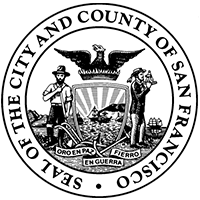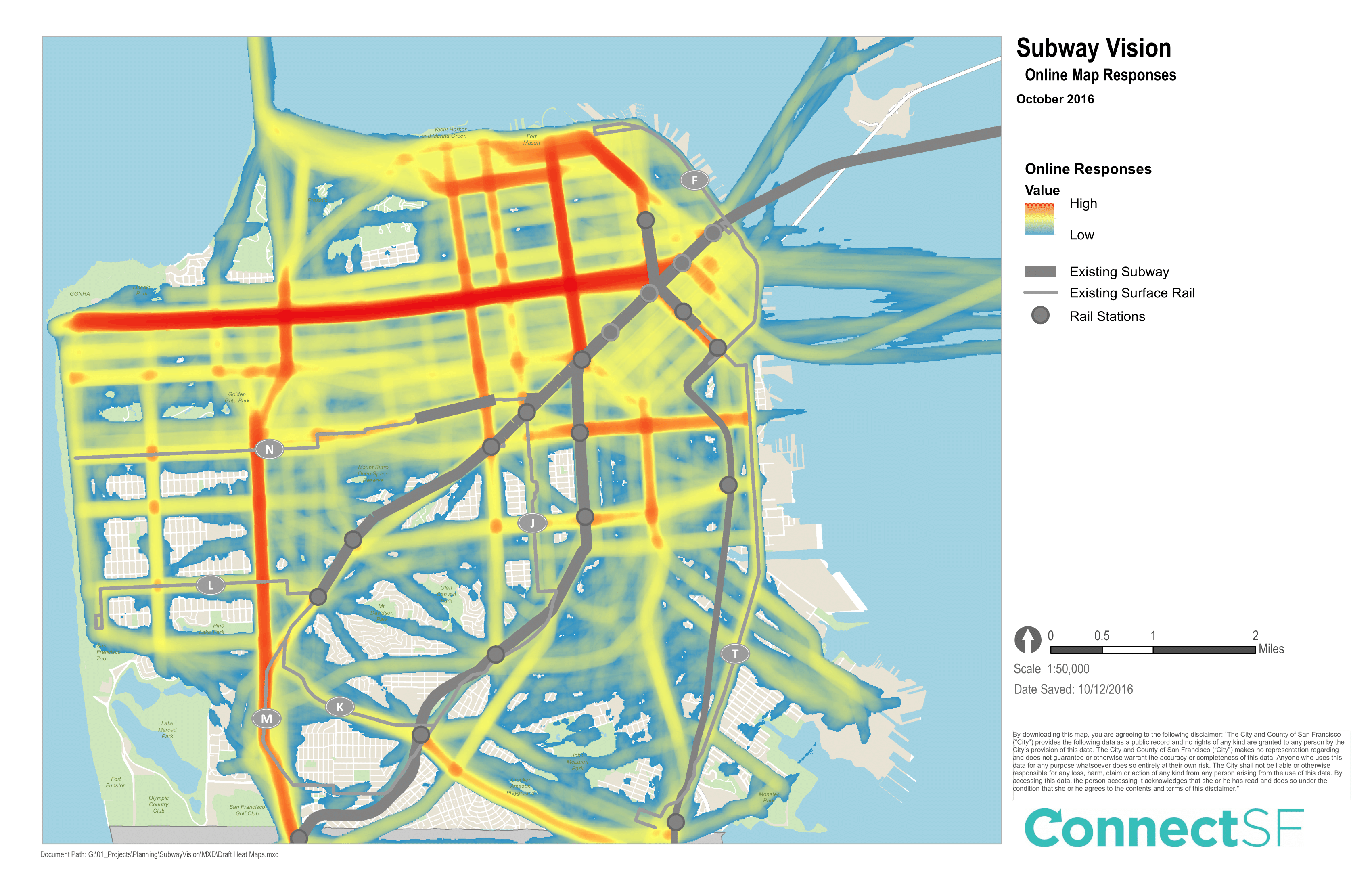Expanding the subway network in San Francisco
Thank you for sharing your Subway Vision!
During August and September 2016 we asked you where San Francisco should expand its subway network. At a series neighborhood pop-up workshops and using an online tool, San Franciscans responded with more than 2,600 ideas.
See all the submissions for subway lines here.
The heat map below indicates the most requested routes and corridors.
What was studied?
Two groups of corridors were created from submissions:
- Convenience: designed to cover more people across the city’s geography
- Density: designed to get people to and from the places with the highest concentrations of people
These corridors will be grouped, combined, and further studied to maximize benefits of any future subway networks.
Your submissions, along with further work by the Subway Vision project team, will help identify which lines merit further study. We’re not yet ready to decide which individual lines make most sense, but your submissions are helping us better understand where we should direct our focus.
The project team’s presentation to the Board of Supervisors Land Use Committee on Oct. 17 provides more detail about what work has been done.
San Francisco has undertaken this Subway Vision work at the request of the Board of Supervisors. In fall 2015 the Board of Supervisors unanimously passed an ordinance drafted by Supervisor Scott Wiener requiring the city to create a framework for subway expansion throughout San Francisco. The Subway Vision responds to this ordinance and is one of the components of ConnectSF.
Download a Subway Vision fact sheet, here. The final report is available here.
What is next?
To build a subway, much more work needs to be done. Moving this effort forward involves coordination within the city and at the local, state and federal level to determine:
- How would future subway lines get funded?
- How would future subway lines support current and planned land use needs?
- How would future subway lines improve the city’s existing and planned transportation network?
- How would building future subways benefit San Francisco’s communities of concern and improve equity?
As part of the second phase of ConnectSF, the project team will carry out the Transit Corridors Study, which will identify, develop, assess and prioritize transit projects to meet the 2050 goals for the transit network.
Why subways?
Because they are underground, subways, typically move more people more quickly and more reliably than other forms of transportation. They increase the number of people who can move through an area when a street’s space is already full. But building subways is expensive and can also take years.
So it’s important that our resources are directed where they would have the most impact – meaning they should be build where the most people live, work and play.
View Population and Employment Density maps to see where the population and employment centers are predicted to be located in 2040.
An expanded subway network in San Francisco would help alleviate challenges facing MUNI and help reduce the delays that result from bottlenecks and congestion. For example, both BART and Muni Metro each operate their underground sections on single lines in San Francisco and within the Transbay Tube, limiting flexibility and increasing vulnerability for major disruptions. Additionally, while the Muni Metro subway itself could support more frequent service and longer trains, limitations and variability resulting from the sections of the line that run on the surface mean that shorter trains, with more space between each train, must be run.
While the Subway Vision is the beginning of an effort to address these challenges and more in the long term, here are links to other ongoing work that will contribute to Subway Vision:






